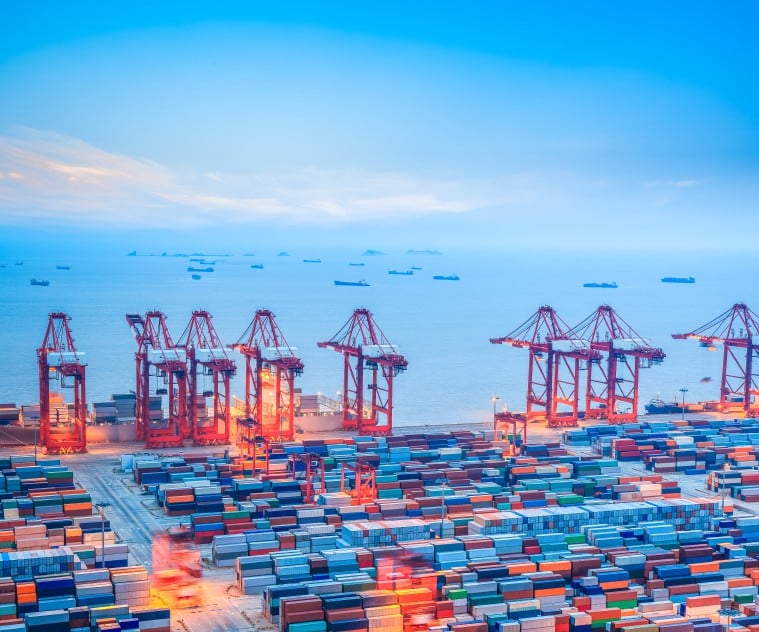Holding the Olympic Games is an honor and recognition on a global level for any country. In 2014, major international multi-sporting Olympic events are being held in Sochi, Russia. Despite the corruption scandals, concerns with the safety, environment and human rights of LGBT ( lesbian, gay, bisexual, and transgender) athletes, XXII Olympic Winter Games were declared open on February 7th in Sochi.

The main character in the opening ceremony was a little girl named Lyubov; her name meaning love. Through dreams she led the audience on a journey across centuries and Russia’s roughly 4.400 mile expanse. Spectators met with cultural and intellectual history of Russia through the symbols of the country from the mythical Kitezh city and St. Basil’s Cathedral, scenes of the time of Peter the great and the Natasha Rostov’s ball described in the novel “War and Peace” to the landmark of 20th century.
From the technical point of view it was the most innovative ceremony. Events of Russian history were released through original, high tech decorations and the heaviest piece weighing about 4.8 tons. Furthermore the Games will be the most expensive in the history. The $51 billion expense is 4 times higher than originally projected, and 10 billion dollars more than the second most expensive games, the 2008 Summer Olympics in Beijing.
Let’s look at other unique and interesting facts:
1. Sochi is subtropical resort known as the Russian Riviera where temperature rarely drops below 12C. The games will be remembered as the warmest winter Olympics in history. Events that need hardcore snow will be held in the mountain resort of Krasnaya Polyana, where snow machines are on standby just in case warm weather threatens.
2. Olympic torch has journeyed farther than any torch in Olympic relay history. It has traveled more than 40,000 miles through 2,900 towns and villages in 83 regions of Russia, to the top of Europe’s highest mountain, Mount Elbrus, in the western Caucasus mountain range, to the depths of Siberia’s Lake Baikal. The symbol of peace, friendship, hope and understanding among the nations participating in the Olympic Games traveled by car, plane, reindeer and train, and by what arguably was its most unusual mode of transportation, a Russian Soyuz rocket that ferried it into space to the International Space Station, itself a symbol of peaceful international cooperation.
3. There was a new twist in the parade of nations. A unique projection on the stage of the stadium recreated an image of the planet Earth flying through the space, with the surface flashing the shape of the country whose delegation was doing the honor lap at that particular moment. For the first time in history of the Olympic movement participants of the Parade of Nations were coming out to the stage via a special 48-meter ramp, situated in the center of the stadium, as if they were coming from the heart of their countries. The countries marched in according to unique Cyrillic alphabetical order.
4. The Games’ official slogan, “Hot. Cool. Yours.” can be easily lost in translation. However, president of the Sochi Organizing Committee explained the motto in exquisite detail: “Games will be hot not only because of the palm trees outside and the ice arenas but also because of the heat in our hearts. Games will be cool with new modern sports, heroes and icons. Games will be yours because when we come together in all our diversity it’s the Olympic Games that unite us”
5. The mascots for the games are a polar bear, hare, and leopard. Symbols were chosen from more than 24,000 sketches submitted, voted on in a poll, and then narrowed down by a judging panel. This marks the first time the mascots have been selected by an entire nation. The Sochi characters are cute and cuddly. In fact, the furry friends have already racked up more than million fans on their Facebook page.
6. Twelve new events across eight disciplines debut in Sochi: the ski halfpipe (men’s and women’s), ski slopestyle (men’s and women’s), snowboard slopestyle (men’s and women’s), snowboard parallel slalom, women’s ski jumping, biathlon mixed relay, a new figure skating team event and luge team relay- more flying, more spinning and more speeding. Included was an extra day of competition, too. The 2014 Olympics is the largest version of the Winter Games to date.
7. A record number of medals, 1,300, have been made for Sochi Winter Olympic and Paralympic Games. The 2014 medals use a combination of glass and metal to reflect the landscape of Sochi, with its snowy peaks and sandy beaches. Their design aims to capture the various cultures and ethnicities of the Russian Federation. The fun fact is that gold medals are not made of pure gold (and they haven’t been since 1912). Instead, they contain 525 grams of silver and 6 grams of gold.
Are you a fan of courage, inspiration, competition and fun? Don’t miss the coverage of last Olympic days and join millions worldwide in watching the Closing Ceremony on February 23rd.




